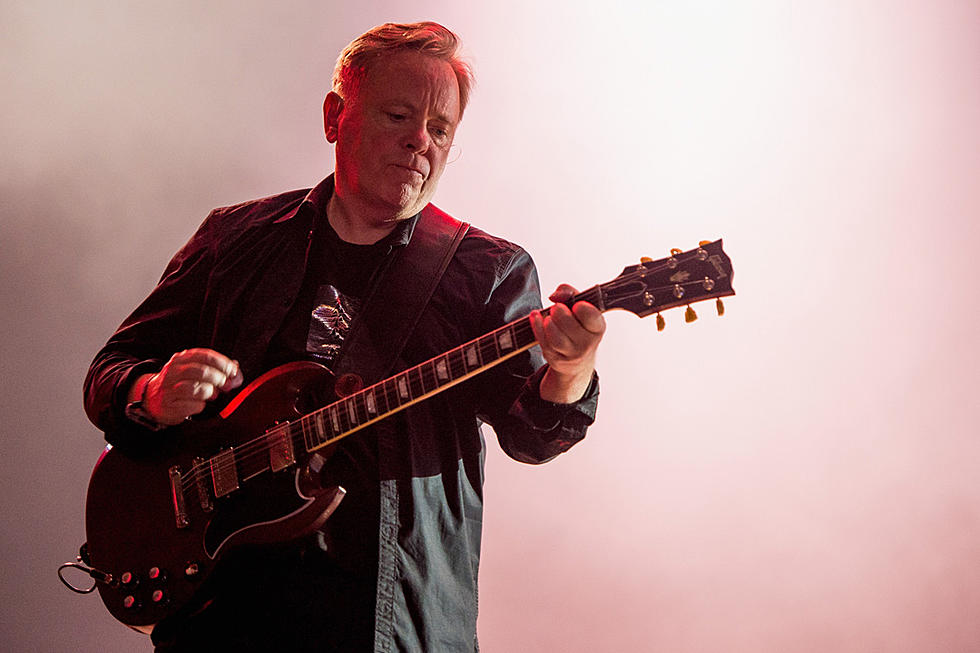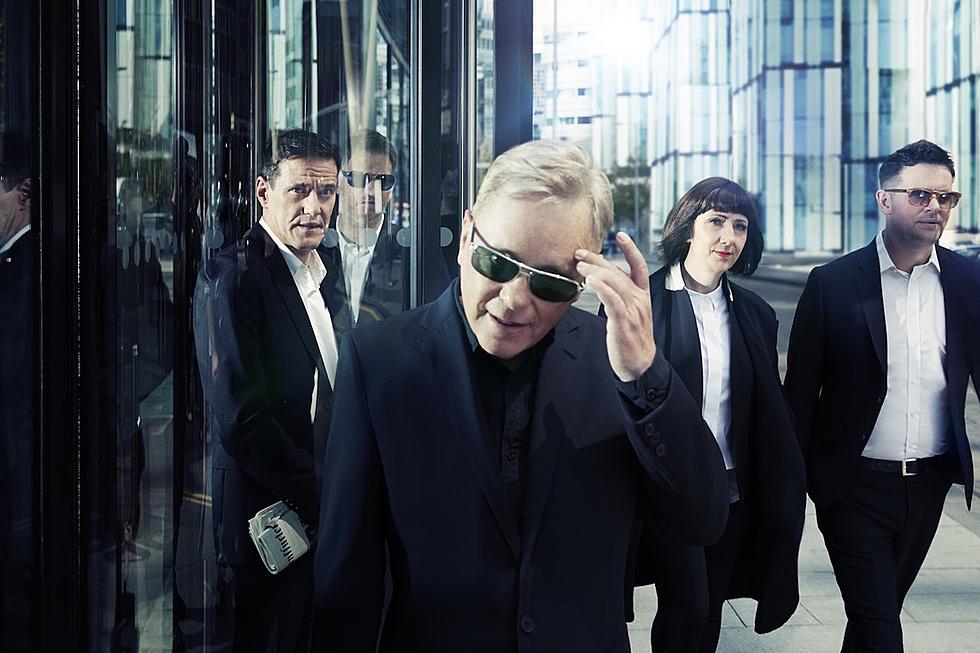35 Years Ago: New Order Forge Ahead With ‘Movement’
Having had all forward momentum ground to an absolute halt in May 1980 when frontman Ian Curtis died by suicide on the eve of their inaugural North American tour, Joy Division were left in shambles, but the surviving members decided to carry on as New Order, releasing their debut LP Movement on Nov. 13, 1981.
September of 1980 saw guitarist Bernard Sumner, bassist Peter Hook and drummer Stephen Morris decamp to Western Works Studios in Sheffield, England to figure out the arrangements to some songs they had been developing as a trio. The widely circulated bootleg Western Works Demos and ensuing gigs featured each member – and even manager Rob Gretton – taking a turn at the mic. By the time the began a brief tour of the northeast United States and U.K. later that month, they still hadn’t even decided who would be the singer of the group.
Eventually, they added Morris’ girlfriend Gillian Gilbert on guitar, Sumner would be best on the majority of vocals and released of a pair of tracks in “Ceremony” and “In a Lonely Place” – both of which were written before Curtis died. Then, New Order began working on what would become Movement in the spring of 1981.
To say it’s the sound of a an unsettled, unsure unit is true by all means, but that characterization often takes away from how determined the group sounds. In one respect, it was impossible for them to move entirely away from the post-punk leanings of Joy Division, evident on “ICB” (which stands for “Ian Curtis Buried”), “The Him” and “Denial.” Years later, in a 2013 interview with Vanyaland, Hook admitted it was essentially a Joy Division record, albeit without Curtis.
“Even though (producer) Martin (Hannett) I think did a great job on Movement, his disdain, shall we say, for our vocals, is quite plain to hear and that was a sad aspect of that record but if you listen to the music on Movement it’s really strong – it’s still Joy Division music,” Hook said. “Bernard’s right when he says that Movement isn’t a New Order album; it isn’t, it’s Joy Division music with New Order vocals.”
Sumner was in a particularly challenging position, trying to find his own voice – literally – while playing with the Joy Division core. Ultimately, he comes off sounding like an imitation of Curtis. It’s not a bad bit of mimicry, but it’s an imitation nonetheless. It didn’t take long for him to ease into the spot of lead singer, by the Movement follow-up, Power, Corruption & Lies, Sumner had fully come into his own.
Musically, there are several hints as to the synth-heavy direction New Order would take, “Truth” for example, the Hook sung “Doubts Even Here” and “Chosen Time.” Listening to Movement though, no one could’ve predicted the new wave juggernaut New Order would become as the decade wore on.
“It was very painful, period, I must admit,” Hook said. “And to be honest I don’t think I’ve ever seen three people as lost as Bernard, Stephen and I were.”
25 Bands You Won't Believe Aren't in the Rock and Roll Hall of Fame Yet
More From Diffuser.fm









